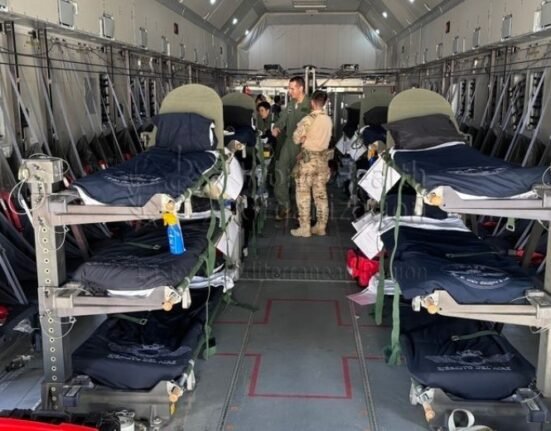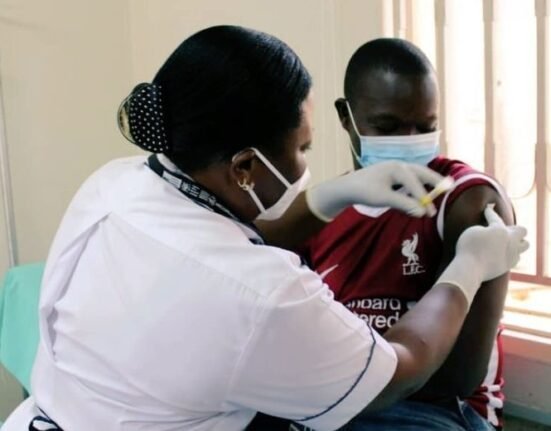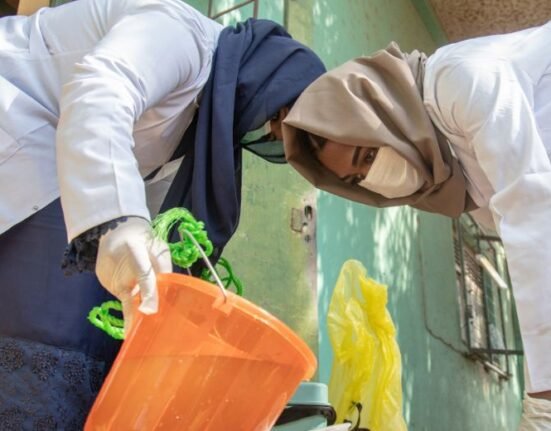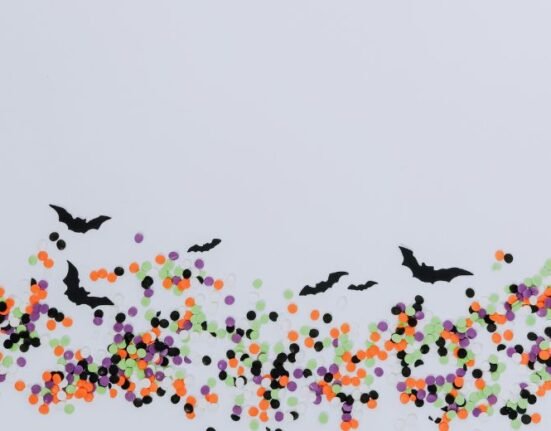HQ Team
July 29, 2023: A Tanzanian child under two years of age has been diagnosed with circulating vaccine-derived poliovirus type 2 (cVDPV2), and the WHO has rated international risk at “high” due to poor surveillance.
The virus was isolated, after Tanzanian authorities reported the case on July 4, 2023. The tests came positive for acute flaccid paralysis (AFP).
The child, with no history of international travel, had received three doses of the bivalent oral polio vaccine, one dose of inactivated poliovirus vaccine for routine immunization, and two secondary doses of oral vaccine during supplementary immunization activities in 2022.
Polio vaccines are used to prevent poliomyelitis. Two types are used — an inactivated poliovirus given by injection and a weakened poliovirus given by mouth.
The case in the Rukwa region, southwestern Tanzania bordering Lake Tanganyika to the west and Zambia to the south, was confirmed and notified to the WHO.
Gene sequencing
Two stool samples were collected from the case on May 30, 2023, and 31, respectively, and were confirmed to be cVDPV2 on June 30, 2023.
Gene sequencing results showed that the isolated virus has undergone 15 nucleotide changes and is closely related to the strain circulating in South Kivu, Demographic Republic of the Congo in 2023.
The public health authorities of the Ministry of Health in Tanzania are conducting further field investigations, including strengthening the AFP surveillance for the detection of additional cases.
They are also conducting a subnational level immunity gap analysis to identify potential under-immunized populations and areas to guide public health response activities.
The WHO assesses the overall risk at the national level to be high due to the sub-optimal surveillance performance in some districts.
International risk ‘high’
The high-risk assessment is also due to sub-optimal vaccination coverage resulting in low population immunity, and the ongoing population movement across neighboring countries.
The WHO considers the Rukwa event to be of high risk of international spread.
It also fears for emergence of cVDPV2 across the region, particularly across other areas of central and south-east Africa, due to the low population immunity and inadequate routine.
WHO’s International Travel and Health recommended that all travelers to polio-affected areas be fully vaccinated against polio.
As per the advice of an Emergency Committee convened under the International Health Regulations (2005), the risk of international spread of poliovirus remains a Public Health Emergency of International Concern.
Person to person
Polio is a highly infectious disease that largely affects children under five years of age, causing permanent paralysis, in about one in 200 infections, or death, between two and 10% of those paralyzed.
The virus is transmitted from person to person, mainly through the fecal-oral route or, less frequently, by a common vehicle — contaminated water or food — and multiplies in the intestine, from where it can invade the nervous system and cause paralysis.
The incubation period is between seven and 10 days but can range from four to 35 days. Up to 90% of those infected are either asymptomatic or experience mild symptoms and the disease usually goes unrecognized.
Vaccine-derived poliovirus is a well-documented strain of poliovirus mutated from the strain originally contained in oral polio vaccine.
OPV contains a live, weakened form of poliovirus that replicates in the intestine for a limited period, thereby developing immunity by building up antibodies.
Overcrowding
On rare occasions, when replicating in the gastrointestinal tract, OPV strains genetically change and may spread in communities that are not fully vaccinated against polio, especially in areas where there is poor hygiene, poor sanitation, or overcrowding.
The lower the population’s immunity, the longer this virus survives and the more genetic changes it undergoes.
In very rare instances, the vaccine-derived virus can genetically change into a form that can cause paralysis as does the wild poliovirus (WPV) – this is what is known as a vaccine-derived poliovirus (VDPV).
The detection of VDPV in at least two different sources and at least two months apart, that are genetically linked, showing evidence of transmission in the community, is classified as ‘circulating’ vaccine-derived poliovirus type 2.
The last recorded case of indigenous wild poliovirus (WPV) in Tanzania was in 1996, and the cVPDV2 case in 2023 is the first case detected in the country.








